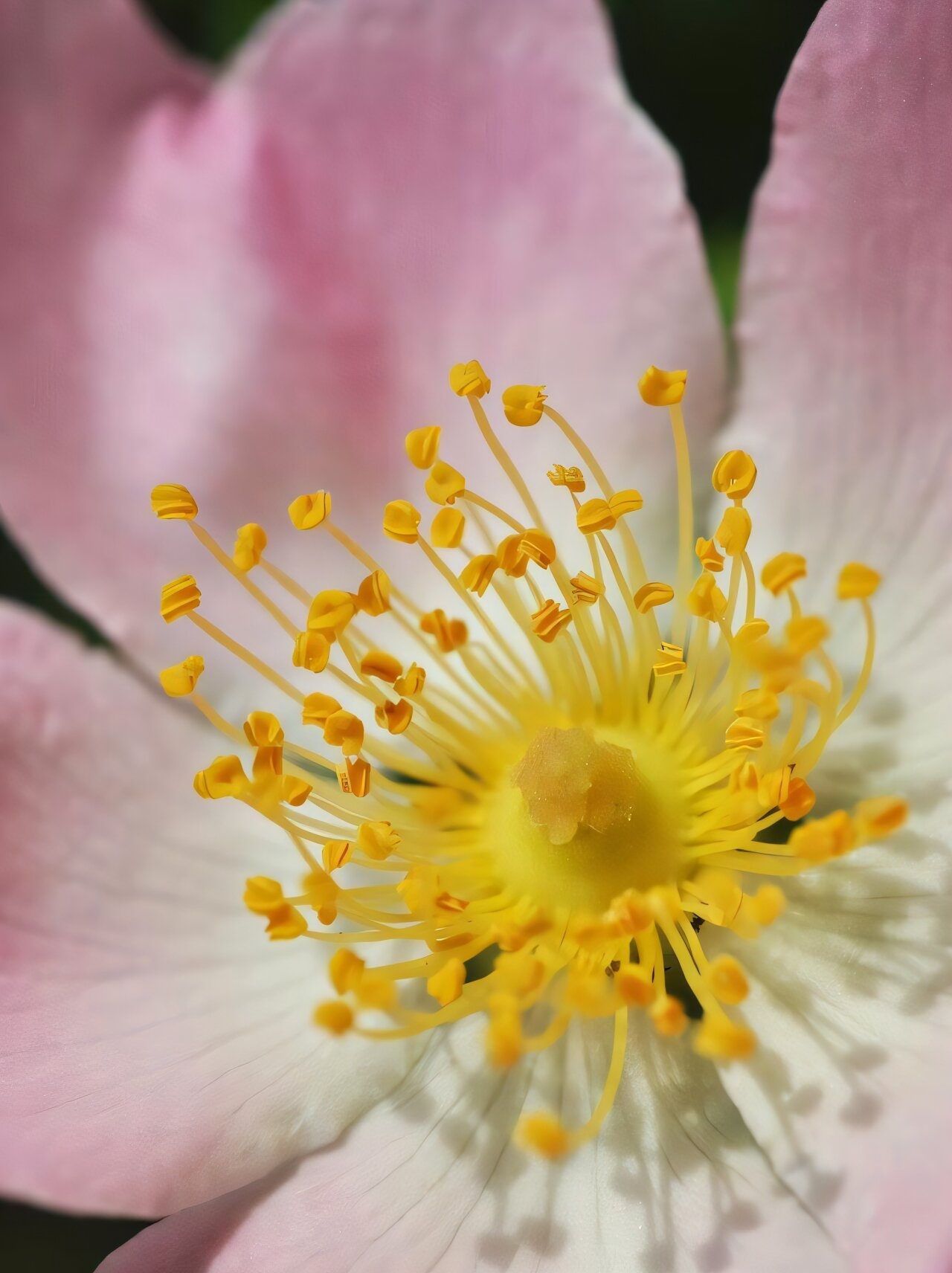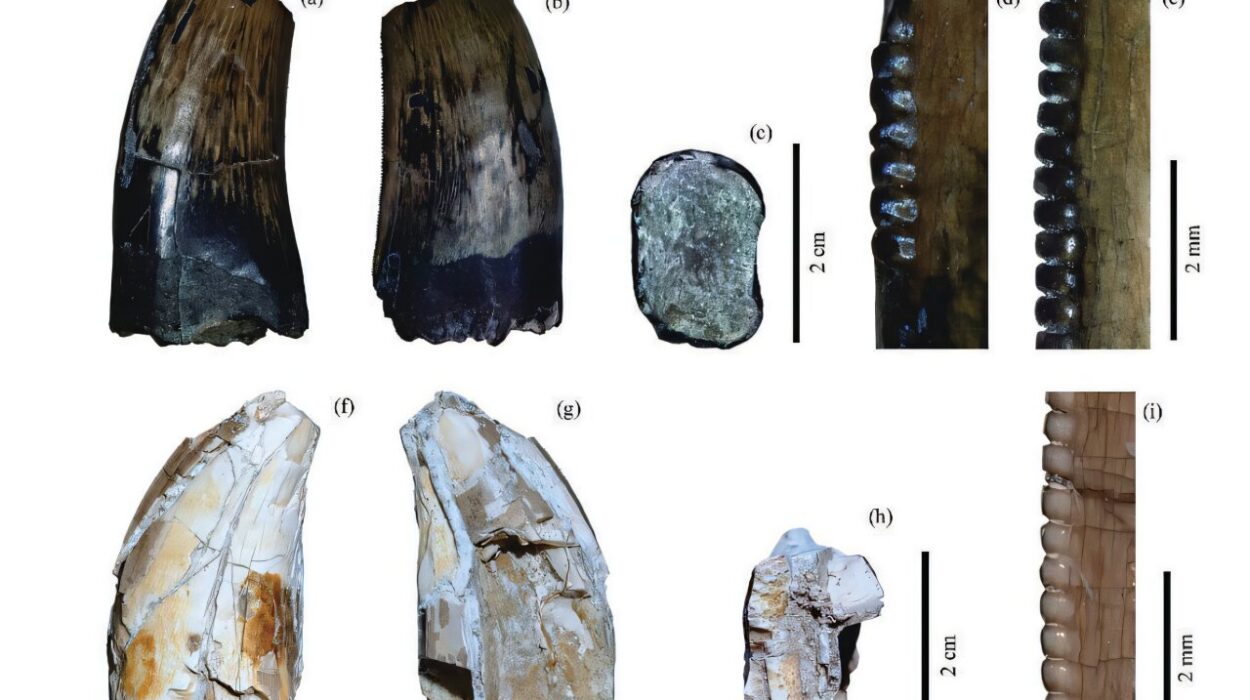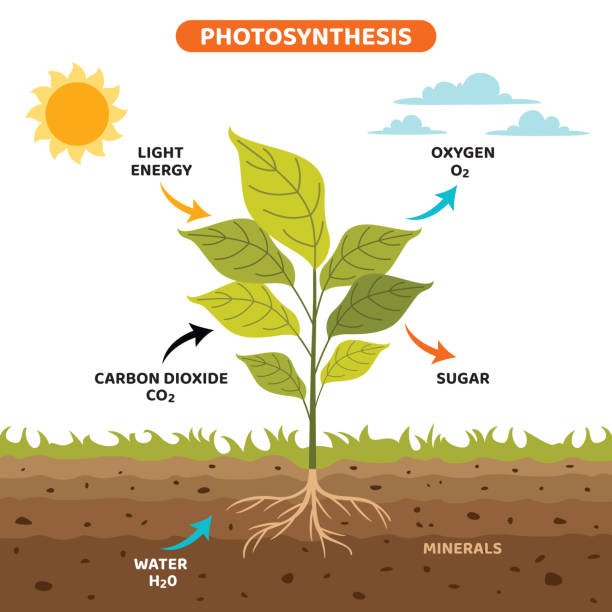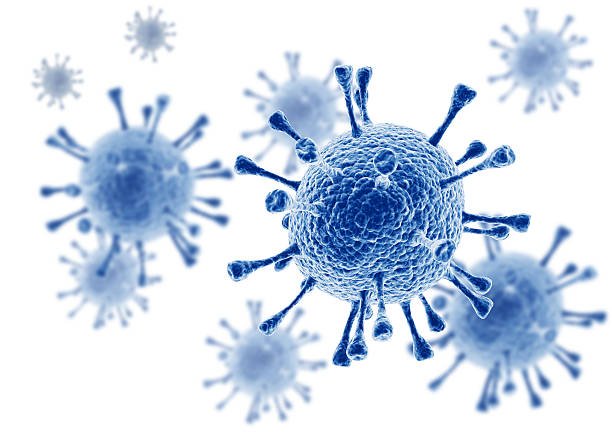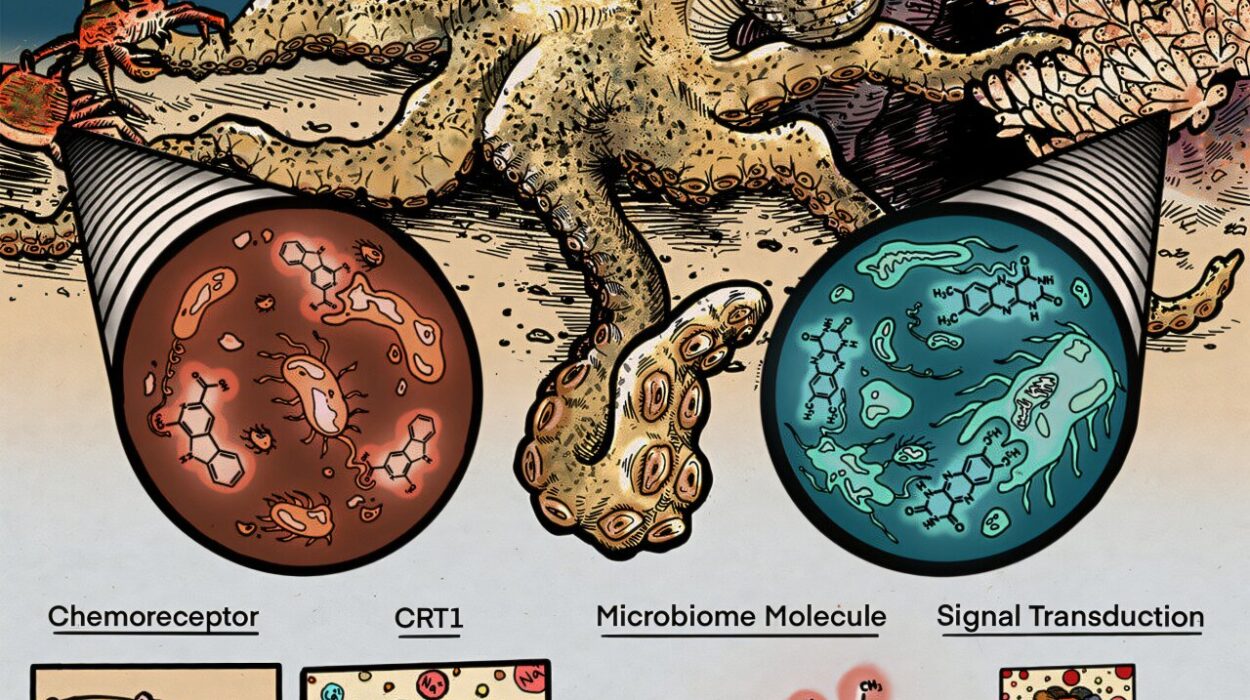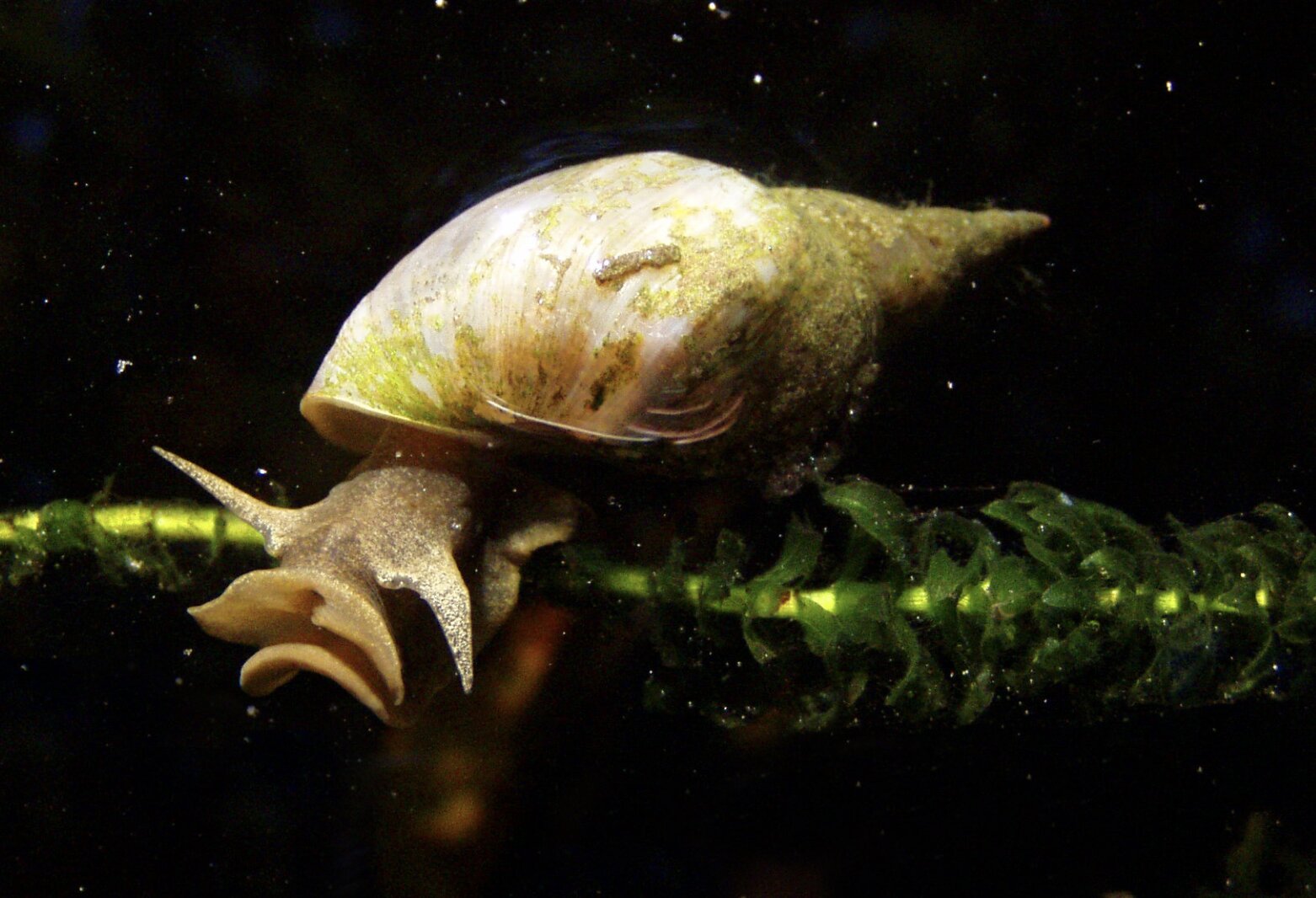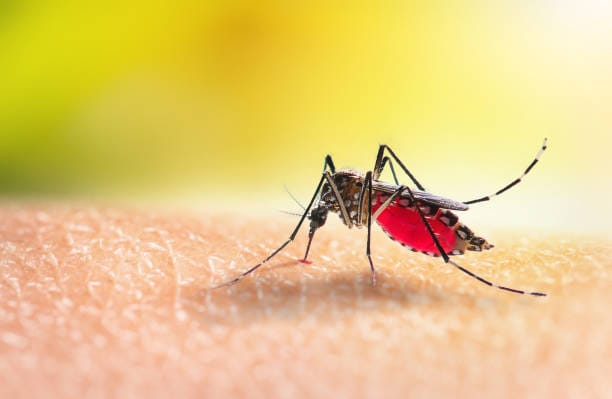Beneath the delicate petals of the wild dogrose—Europe’s most familiar and tenacious rose—lies a genetic marvel. Its beauty may be fleeting in the springtime bloom, but its reproductive strategy has puzzled botanists for over a century. Now, thanks to a groundbreaking study published in Nature, an international team of researchers has unraveled the mystery behind the dogrose’s extraordinary reproductive system. What they found not only deepens our understanding of plant evolution but could also pave the way for breeding hardier crops in a changing world.
Led by Dr. André Marques of the Max Planck Institute for Plant Breeding Research, Prof. Dr. Christiane Ritz of the Senckenberg Museum of Natural History in Görlitz, and Dr. Aleš Kovařík of the Czech Academy of Sciences, the research reveals how this wild rose defies the conventional rules of genetics—by manipulating the very machinery that moves its chromosomes.
And the secret lies in the heart of the chromosome itself: the centromere.
A Rose Unlike Any Other
The dogrose (Rosa canina) might be familiar to most for its vibrant red fruit—the rosehip—which flavors teas, jams, and childhood pranks involving itchy powder. But within its cells lies a trait that makes it a botanical outlier. Unlike most plants and animals that carry two sets of chromosomes—one from each parent—the dogrose carries five.
This makes it a “pentaploid” organism, a genetic oddball in a world where such irregularities typically lead to sterility. “In most plants, having an odd number of chromosome sets disrupts meiosis,” explains Prof. Ritz. “Chromosomes can’t find their pairs, and that usually spells the end for reproduction.”
But not for the dogrose. Instead of letting its surplus chromosomes doom its lineage, it evolved an ingenious workaround—a hybrid form of reproduction known as “Canina meiosis.” It’s part sexual, part clonal, and completely unique.
Here’s how it works: only two of the five chromosome sets in the dogrose participate in standard pairing and recombination during the formation of egg and pollen cells. The remaining three sets—called “univalents”—do not pair or recombine. They are passed on exclusively through the egg cell, effectively cloned from one generation to the next.
“This system allows the plant to keep reproducing, combining genetic diversity with the stability of clonal inheritance,” says Dr. Marques. “It’s like having the best of both evolutionary strategies.”
Cracking the Centromere Code
For more than a century, scientists have observed this strange reproductive behavior in dogroses, but how the plant manages such selective chromosome inheritance has remained a mystery. Now, the new study has pinpointed the key to this ancient puzzle: centromere size.
Centromeres are the central docking stations of chromosomes—the points where spindle fibers latch on during cell division to ensure that chromosomes are evenly split into daughter cells. If meiosis is the genetic lottery of life, the centromere is the hand that deals the cards.
Dr. Kovařík and his colleagues discovered that the univalent chromosomes in the dogrose have significantly larger centromeres than the others. These oversized centromeres are packed with multiple repeats of a unique rose-specific DNA sequence, and they bind more of the critical spindle-associated protein CENH3. This protein acts like a molecular grip, helping spindle fibers attach during division.
“With more CENH3 and larger surface area, these univalent chromosomes essentially increase their odds of being pulled into the egg cell,” explains Dr. Kovařík. “It’s a fascinating case of molecular favoritism.”
In other words, the dogrose appears to use its centromeres to rig the game. By boosting the size and strength of these docking stations, the plant ensures that certain chromosomes are preferentially passed on—even when they don’t pair with a mate.
A Glimpse Into Evolution’s Toolkit
This discovery adds a new chapter to our understanding of how evolution can find elegant, unconventional solutions to seemingly impossible problems. For the dogrose, what could have been a dead-end—a reproductive impasse due to mismatched chromosomes—became a thriving strategy.
And it’s not just a curiosity of the wild. The implications stretch far beyond the rose gardens and hedgerows of Europe.
“Many of our cultivated crops—like wheat, potatoes, and bananas—are polyploid,” says Marques. “That means they also have multiple sets of chromosomes, and that can lead to instability during reproduction.”
If breeders can understand how the dogrose achieves harmony among its odd-numbered chromosomes, they might one day be able to replicate or adapt these strategies in important food crops—improving fertility, genetic stability, and resilience in the face of environmental stress.
“This is a classic example of how fundamental science—curiosity-driven exploration into a wild plant’s strange genetics—can yield insights with real-world applications,” says Prof. Ritz.
Beauty, Biology, and the Future of Food
The dogrose’s delicate blooms and bright fruit have long symbolized resilience and simplicity. But inside its cells lies a powerful testament to evolutionary innovation—a reminder that nature’s answers are often more inventive than we imagine.
By using centromeres as tools for selective inheritance, the dogrose teaches us that genetics is not always governed by rigid rules. Sometimes, the instructions can be bent. And in those bends, there is room for new life, new possibilities, and, perhaps, a new era of crop breeding.
As researchers continue to explore the implications of this mechanism, one thing is clear: the humble dogrose, often overlooked along woodland paths and roadside hedges, may be holding the keys to solving some of agriculture’s most persistent challenges.
From the tangled thickets of Central Europe to the genomic laboratories of Cologne, Görlitz, and Brno, a centuries-old botanical mystery has finally begun to bloom.
And like the rose itself, its story is both beautiful and enduring.
Reference: V. Herklotz et al, Bimodal centromeres in pentaploid dogroses shed light on their unique meiosis, Nature (2025). DOI: 10.1038/s41586-025-09171-z
